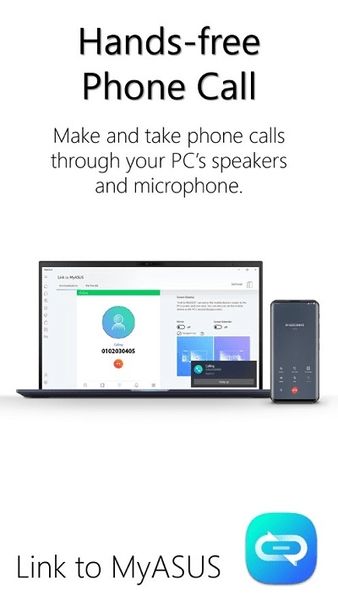To Link to Audio: A Comprehensive Guide
Are you looking to enhance your digital presence by linking to audio content? Whether you’re a content creator, a business owner, or simply someone who wants to share audio files, understanding how to link to audio effectively is crucial. In this detailed guide, we will explore various aspects of linking to audio, from the technicalities to the creative possibilities.
Understanding Audio Links

An audio link is a URL that directs users to an audio file. This can be a simple text link, a button, or an embedded player. The key to a successful audio link is ensuring it’s accessible, user-friendly, and secure.
When you link to audio, consider the following:
- File Format: Common audio formats include MP3, WAV, and AAC. Choose a format that balances quality and file size.
- File Size: Large audio files can slow down your website or app. Optimize your audio files for web use.
- Accessibility: Ensure your audio links are accessible to all users, including those with disabilities.
Creating Audio Links

Creating an audio link is a straightforward process. Here’s a step-by-step guide:
- Upload Your Audio File: Choose a reliable hosting service like SoundCloud, Dropbox, or Google Drive. Upload your audio file to the service of your choice.
- Obtain the Link: Once your file is uploaded, copy the direct link to the audio file. This is typically a URL that looks something like https://example.com/audiofile.mp3.
- Embed the Link: You can embed the audio link in various ways. For a simple text link, simply paste the URL into your content. For a more interactive experience, use an audio player.
Using Audio Players

Audio players provide a more engaging and user-friendly way to link to audio. Here are some popular options:
- HTML5 Audio Player: This is a built-in feature of most modern web browsers. To use it, simply add the following HTML code to your page:
<audio controls> <source src="https://example.com/audiofile.mp3" type="audio/mpeg"> Your browser does not support the audio element.</audio>- Third-Party Players: There are many third-party audio players available, such as Player FM, Podbean, and SoundCloud. These players offer additional features like playlist support, social sharing, and analytics.
Optimizing Audio Links for SEO
Optimizing your audio links for search engine optimization (SEO) can help improve your visibility online. Here are some tips:
- Use Descriptive Anchor Text: When creating a text link, use descriptive anchor text that includes relevant keywords.
- Incorporate Keywords in the File Name: Rename your audio file with a descriptive name that includes keywords.
- Optimize the Page Content: Ensure the page where your audio link is located is well-optimized for search engines.
Legal Considerations
When linking to audio, it’s crucial to consider legal aspects. Here are some key points:
- Copyright: Ensure you have the necessary permissions to use the audio file. This includes both the audio itself and any background music or sound effects.
- Licensing: Some audio files require a license to use. Check the terms and conditions of the hosting service or the original creator.
- Transparency: Clearly indicate the source of the audio file and provide proper attribution if required.
Conclusion
Linking to audio can be a powerful way to engage your audience and share valuable content. By understanding the technical aspects, creative possibilities, and legal considerations, you can create effective and accessible audio links. Whether you’re using a simple text link or an interactive audio player, the key is to provide a seamless and enjoyable experience for your users.



















